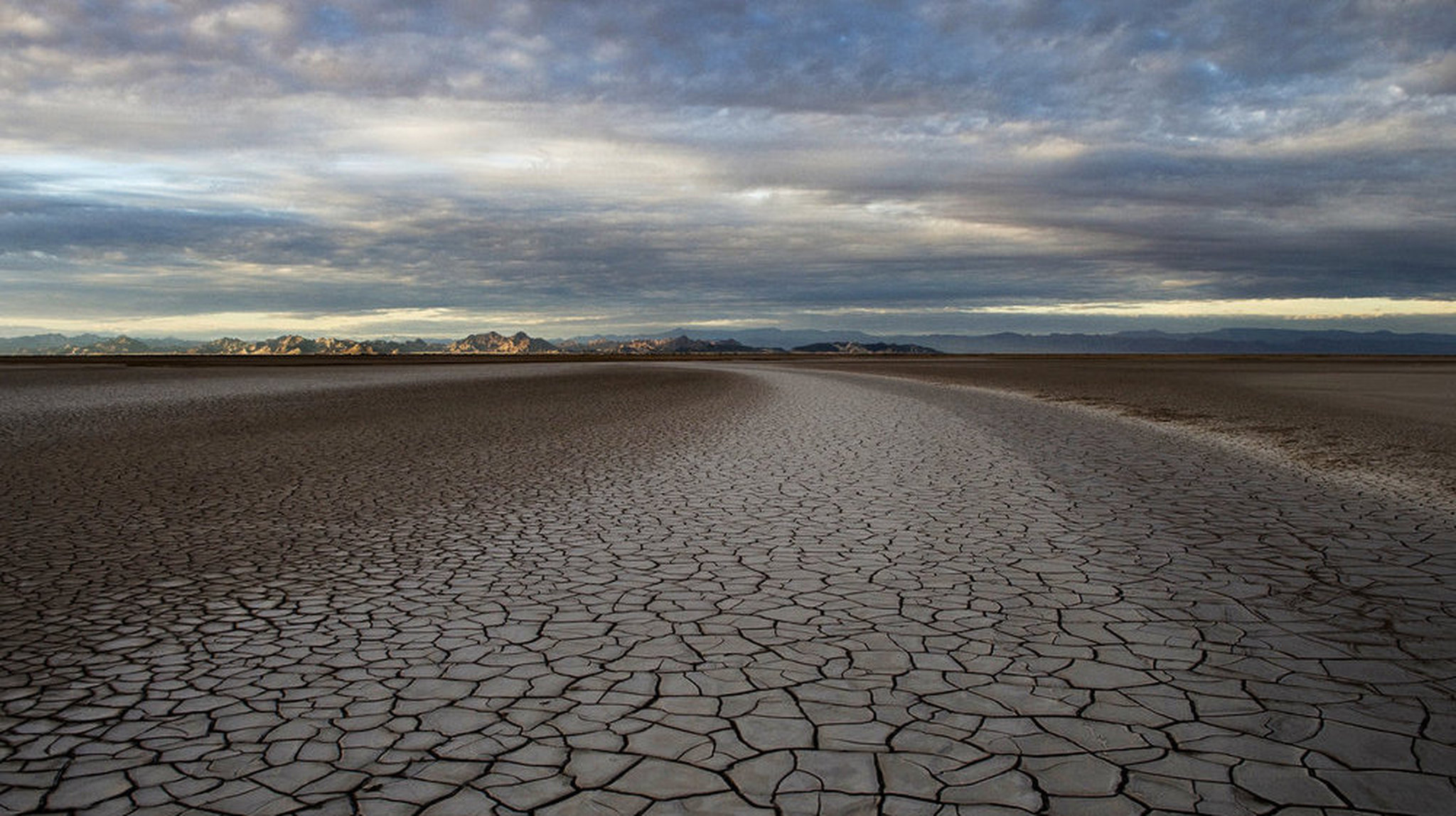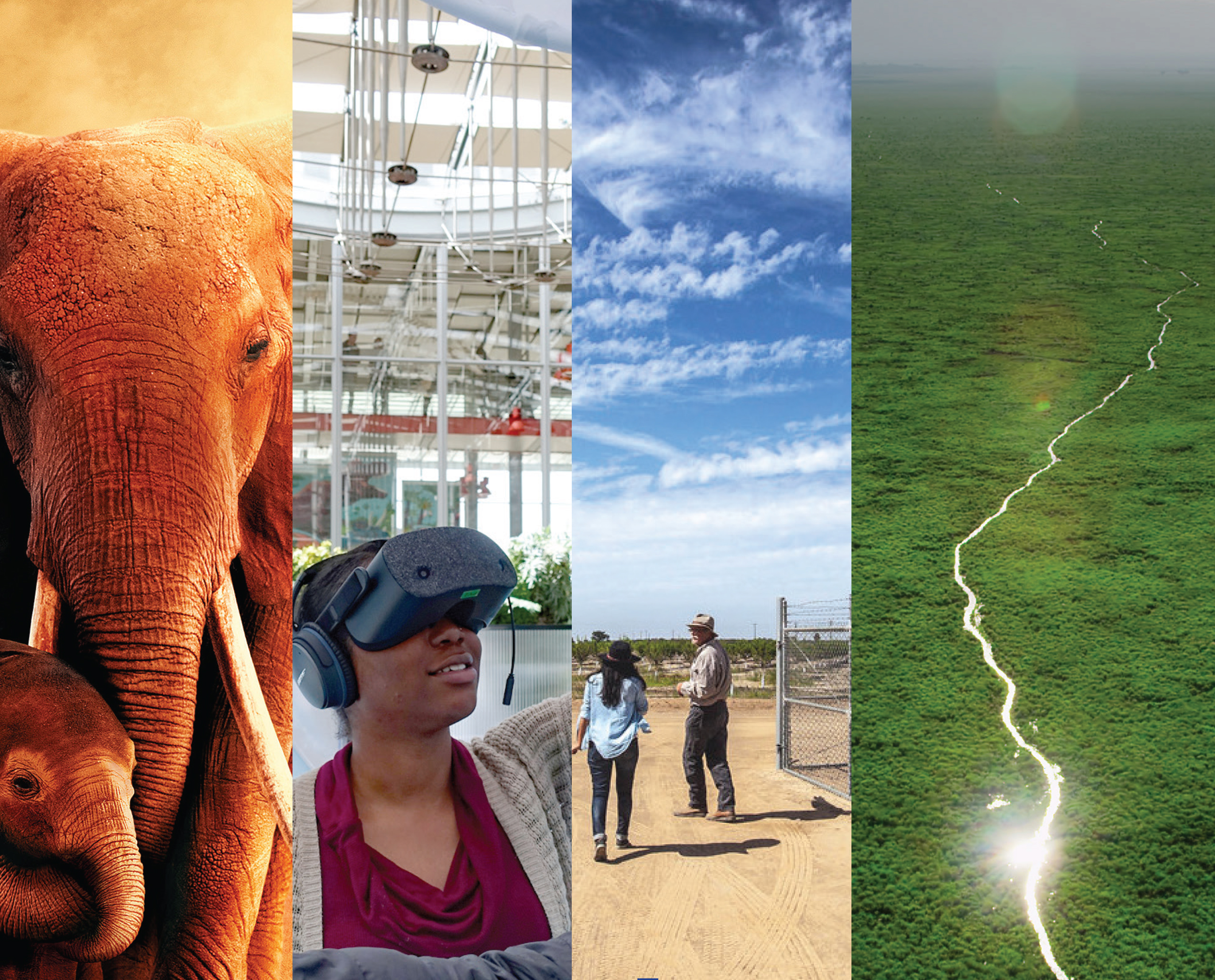Impact, Outreach, Distribution
Watershed became a wide-ranging impact tool to raise awareness and offer pathways for action across seven states in the U.S. and two in Mexico. Its goal was two-fold: 1) to spark community engagement and 2) to raise funds that would support bi-national water agreements and water management measures that would allow water to flow into the southern regions of the Colorado River water basin.
In 2012, Watershed premiered at the prominent Environmental Film Festival in the Nation’s Capital (also known as the DC Environmental Film Festival) and was officially selected by over 50 other film festivals, winning accolades and several awards. It has since screened in over 500 community settings, including the largest Colorado River water-using cities in all seven U.S. states. It broadcast on Participant Media’s Pivot TV and streamed on Netflix.
Soon after the film was released, a bi-national water sharing agreement, Minute 319, was signed between the U.S. and Mexico. These regulations defined a goal of restoring 680 acres of the dried-up riverbed in the Colorado River Delta. Achieving this would require a handful of non-governmental organizations to collectively raise $10 million within three and a half years. The Redford Center was inspired by this goal and convened the organizations at the Sundance Mountain Resort, along with pro-bono support from the creative firm Butler, Shine, Stern & Partners, to devise a shared narrative, brand, and campaign for the groups, and to catalyze the fundraising and leverage Watershed as a support to the effort. The campaign was named Raise the River and continues its work today under the management of a coalition of six organizations, including The Redford Center. Other coalition organizations include:
- Pronatura Noroeste, which is part of Mexico’s largest conservation organization that works both at the policy and grassroots levels
- The Sonoran Institute, which works to empower communities to make their voices heard during the environmental policy making process
- Restauremos el Colorado, which manages the regional water deliveries as well as three active habitat restoration sites in the delta and conducts extensive native trees plantings.
- The Nature Conservancy, which has been working for over half a century to protect land and water nationally and internationally.
- In 2016, the National Audubon Society joined the grassroots efforts to raise awareness and promote conservation efforts focusing on birds that depend on access to healthy ecosystems along the Colorado River for their survival.
Each of these organizations provide unique expertise and networks to address the challenge.
The efforts of Raise the River’s impact campaign continue to be an outstanding success. The original campaign exceeded its fundraising goal of $10 million in just two years. When Minute 319 expired in 2017, a successor bi-national water sharing agreement, Minute 323, was approved. It will continue until 2026 and plans are underway for a subsequent regulatory effort. As of this year, the Raise the River coalition has raised over $33 million in federal and private funds to scale up and maintain restoration efforts in the Delta. And, over this past decade, the strategic water deliveries allocated to restore the Colorado River have more than doubled.














